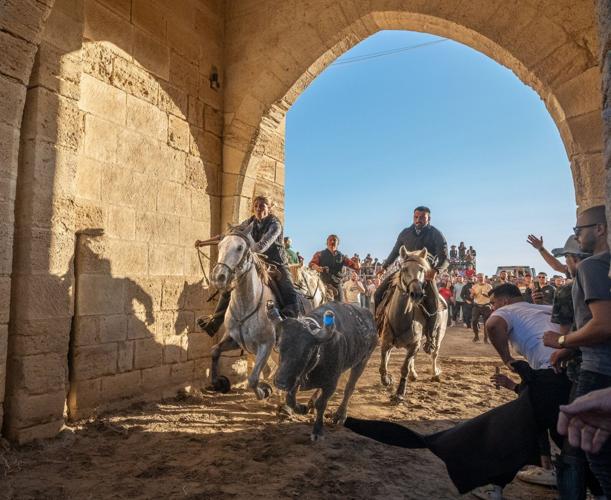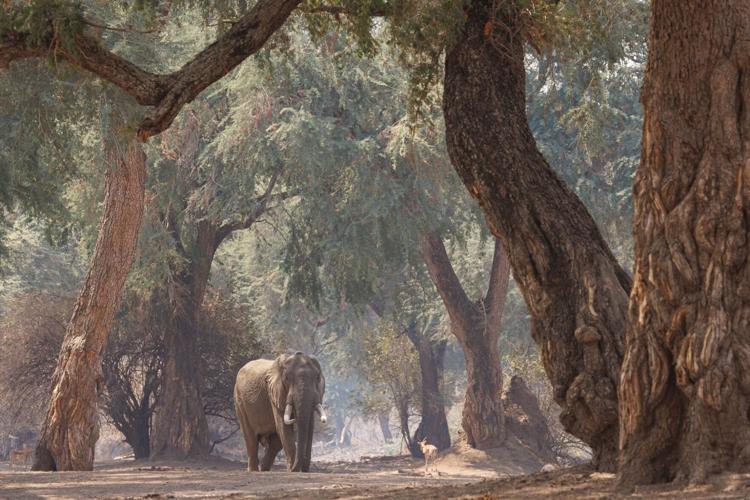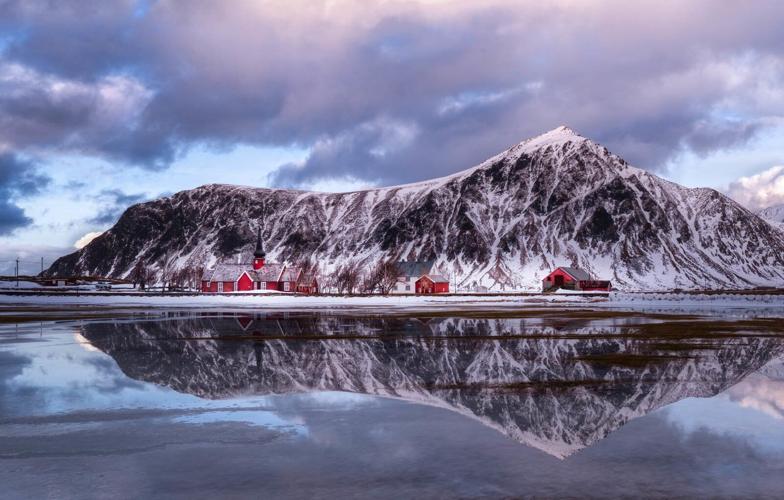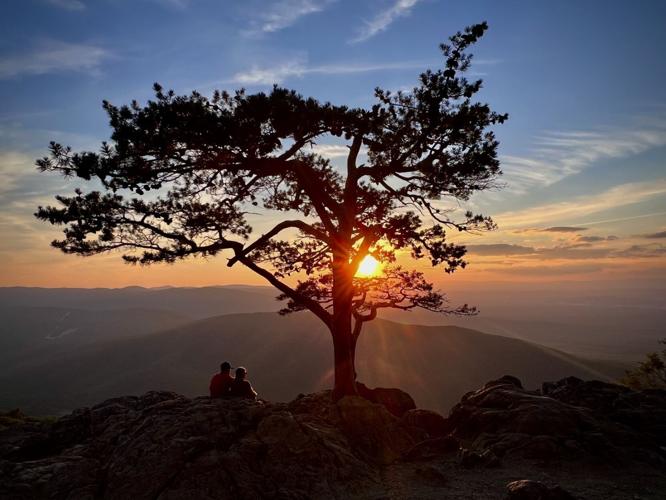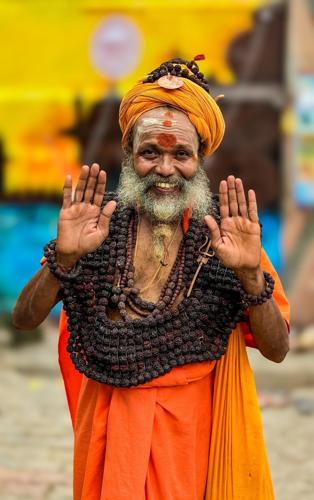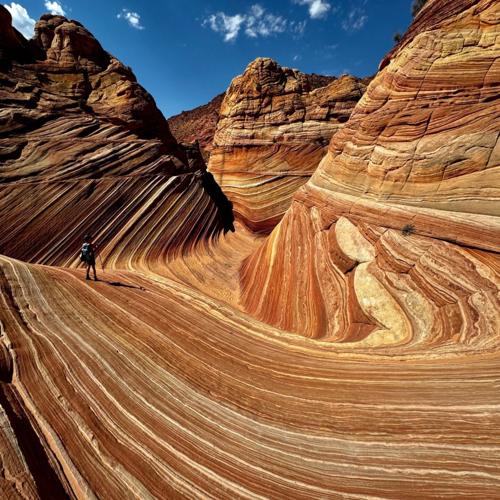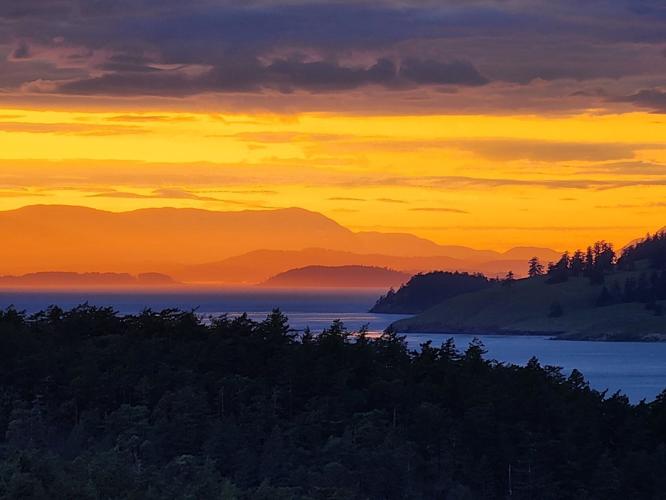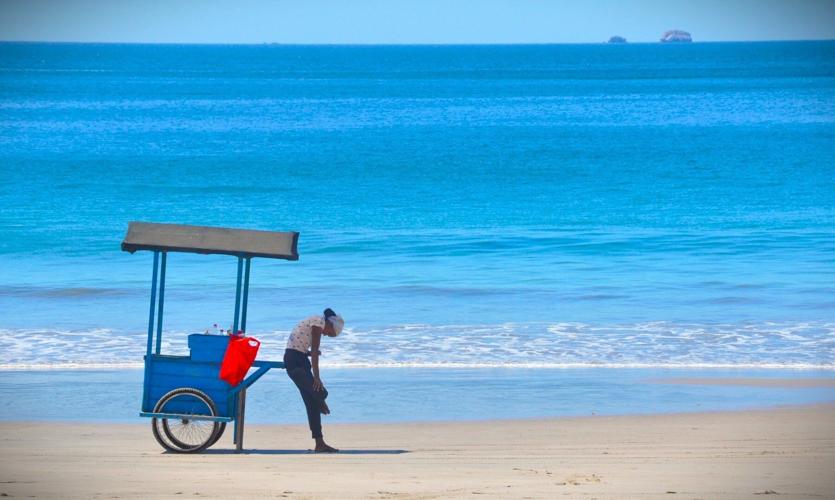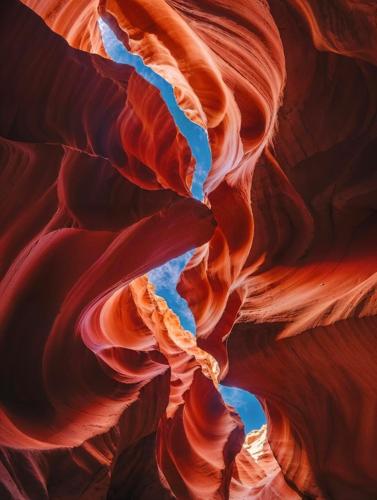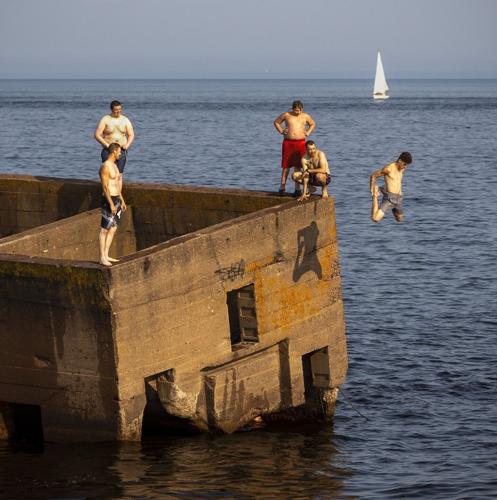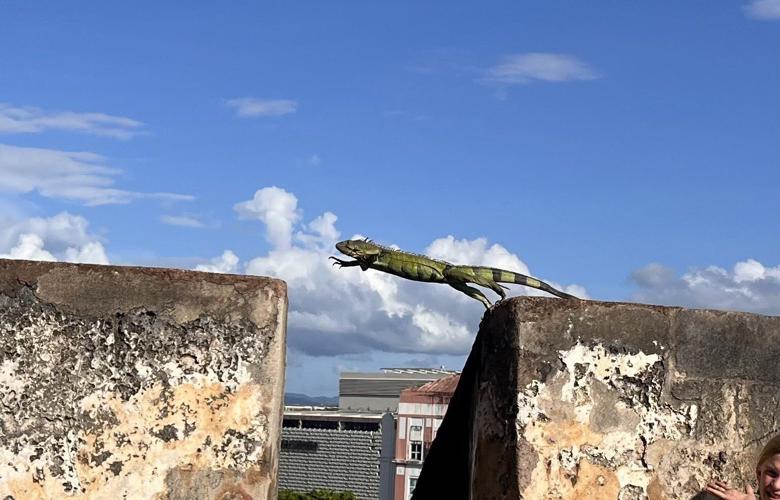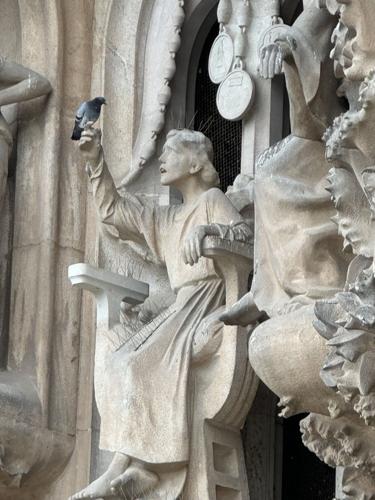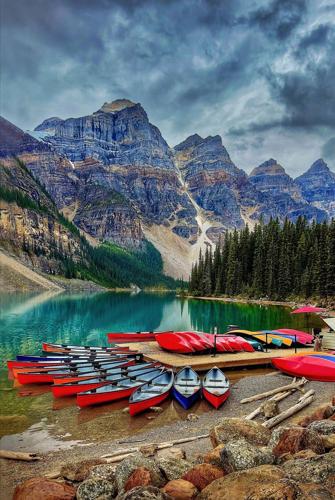
Running the Bulls in the Camargue — Aigues-Mortes
In the Camargue region of France, they run bulls through the streets on their way to the bullfighting ring.
In the ring, the bulls are not killed. Razeteurs — the bullfighters — attempt to remove a ribbon from between the bull’s horns. The bulls are considered the stars of the show, and are unharmed.
The same cannot necessarily be said about the razeteurs.
Patrick and Jeanne Marie Kelly, of South County, went to the walled, medieval town of Aigues-Mortes last year. They just happened to be there during the annual bullfighting festival, and were so charmed by the town and the event that they came back again this fall.
That is when Patrick Kelly took a dynamic picture of guardians — we call them cowboys — running a bull through the town. By tradition, the bulls are black and the horses ridden by the guardians are white.
People are also reading…
“(The picture) really captures what it was like. They run these bulls right through town. They start out with an announcement in English, French and German: ‘We are about to release wild bulls through the town. If you are injured, it is at your own risk,’” he says.
Our judges agreed that the photo was pretty spectacular, awarding it first place out of nearly 300 entries in our annual Travel Photo Contest.
“I can’t say enough good things about this image,” says judge and Post-Dispatch Photo Editor Gary Hairlson. “The moment, the action, the faces, the exposure, the composition are all on point. This image looks like it was a scene from a movie. Everything just came together to make this image stand out.”
Kelly captured the image with a Nikon D850 camera, which he calls professional level. He maintains a website (pkkelly.zenfolio.com) to show the photos he takes on the trips he and Jeanne Marie take each year.
Now 73, Kelly retired as a pilot for American Airlines in 2016. Before that, he flew for TWA, and Ozark Air Lines before that (“I identify as an Ozark pilot,” he says). He did not fly on overseas routes at the time, but he and Jeanne Marie are making up for it now by taking a couple of international trips each year.
“The town where this picture was taken was founded by our St. Louis, King Louis IX. He was a northern France guy, but he wanted a port on the Mediterranean. He traded some land to the Benedictine monks who owned it, and made this town,” he says.
Many of the other pictures he took from their trip are on his blog, including several in which the razeteurs come out on the losing end of their encounter with the bull. For the winning entry, Kelly stood on the side of the road while the animals raced past, though he admits there was a metal barrier that he could slip behind if necessary.
“I took my risks for my public,” he says with a laugh.

Shenandoah Sunset, Blue Ridge Parkway, Virginia
Second place
Andy Webb of Edwardsville has been taking pictures since he bought his first camera in high school. But this year’s Post-Dispatch travel photo contest is the first time he has ever entered a competition.
“I kind of did this on a lark and got lucky, I guess,” he says.
He was lucky enough to come in second place for his picture of two people watching the sunset on the Blue Ridge Parkway in Virginia. He took the photo with an iPhone 13.
He was on a trip to visit family in Virginia Beach, Virginia, and decided to detour a few miles down the parkway from Interstate 64.
“I happened to luck into a sunset shot. Sometimes on a sunset shot you get lucky, sometimes you don’t,” says Webb, 66. He retired last year from a career in animal health and nutrition sales and marketing.
Webb says he ended up staying the night on the parkway. It was June, just as cicadas were emerging in the St. Louis area. He heard a buzzing sound and thought it was his first cicada of the season.
“I turned around and it turned out to be a 4-foot timber rattler letting me know it wasn’t happy about me being there,” he says.

Lone Bull in the magical Forests of Mana Pools National Park in Zimbabwe
Third place (tie)
Barbie Steps is three for three.
The first time she entered the Post-Dispatch travel photo contest, around 15 years ago, her picture of a monk in Burma won first place. The second time, a couple of years ago, she took second place with a photo of the Arctic.
This year she entered for a third time, and she brought home a third place tie with a picture of an elephant walking among acacia trees. She took the picture this fall in Mana Pools National Park in Zimbabwe, near the border with Zambia.
“It’s the first time I’ve ever done a walking safari. You go with guides and you walk,” says Steps, 73, from University City.
Walking, of course, means she was out in the open with “very large elephants with very, very large tusks.”
She took the winning picture with a mirrorless Canon R5 fitted with a 500mm lens, so she was not particularly close to the animals.
Even so, it was important to have a good guide, she says. The guide for her group had worked at the park long enough to know which ones you could come close to, and which ones you should keep at a distance.

Reflection in a field in Flakstad, Norway
Third place (tie)
When we reached out to tell Marilyn Miller that her photo was a winner, she was on a ship from Argentina to Antarctica. She planned to take pictures there, of course.
The photo that came in tied for third in our contest was shot on the other side of the world. It shows the Flakstad Church on the Lofoten Islands off the northern coast of Norway, which she visited in February with her husband.
“We noticed that a field that had been filled with snow had melted and was providing beautiful reflections of the Flakstad Church. We stopped immediately and walked back to get this shot. A few days later, the melted snow had disappeared and the beautiful reflection was gone,” she writes in an email.
Miller is 68 and lives in Edwardsville; she is retired from being an IT manager at the USDA. She took the picture with a Sony A7III mirrorless camera.
It was her husband’s idea to go to Lofoten in the winter, when there was only around 8½ hours of sunlight each day. When they arrived, it was so icy that they had to wear crampons on their shoes. And the wind blew so hard that it once knocked her — and her camera — to the ground.
“Regardless of the hardships, it was a beautiful time to be in the Lofoten Islands,” she writes.
Honorable mentions

Iguana jumping in Puerto Rico

The bird whisperer, Sagrada Familia, Spain

Jumping from Pier in Duluth, Minnesota

Antelope Canyon-Coco

Flamingo Beach, Costa Rica

San Juan Sunset Orcas Island

North Coyote Buttes Permit Area — Vermilion Cliffs National Monument

Bless you all- Rishikesh — India

Lake Louise in Alberta, Canada-Lake Moraine, Banff, Alberta, Canada
View life in St. Louis through the Post-Dispatch photographers' lenses. Edited by Jenna Jones.











